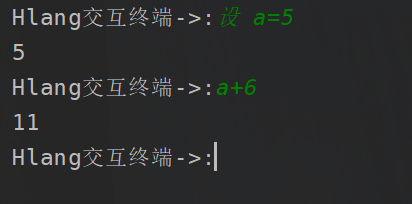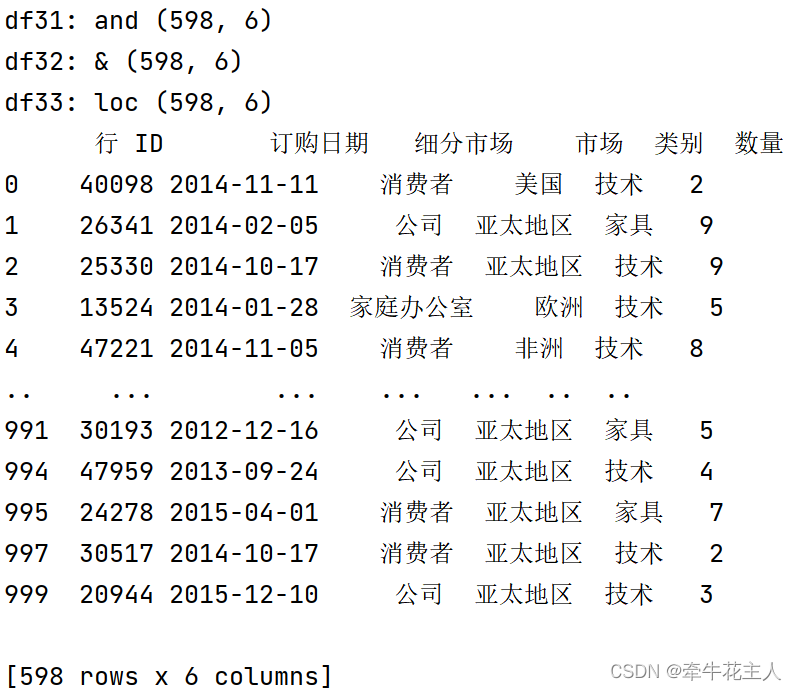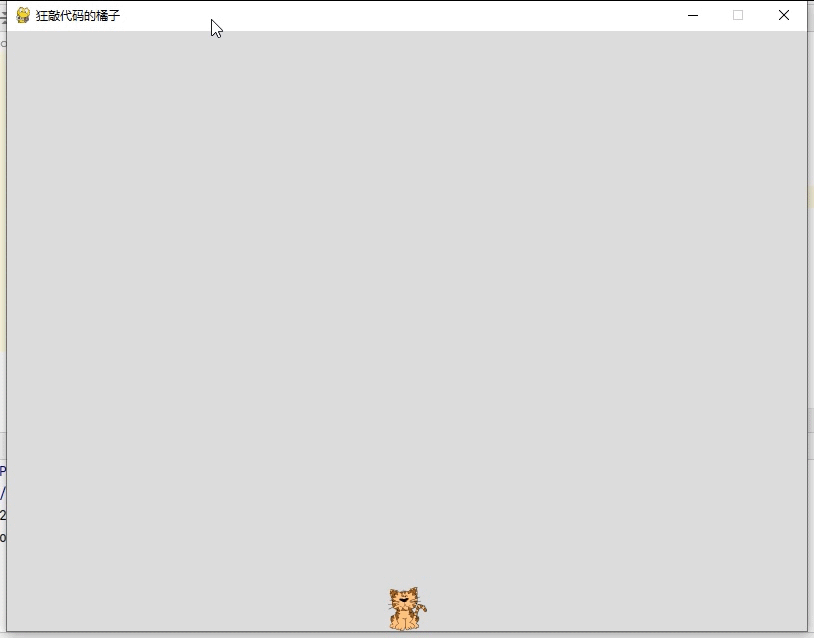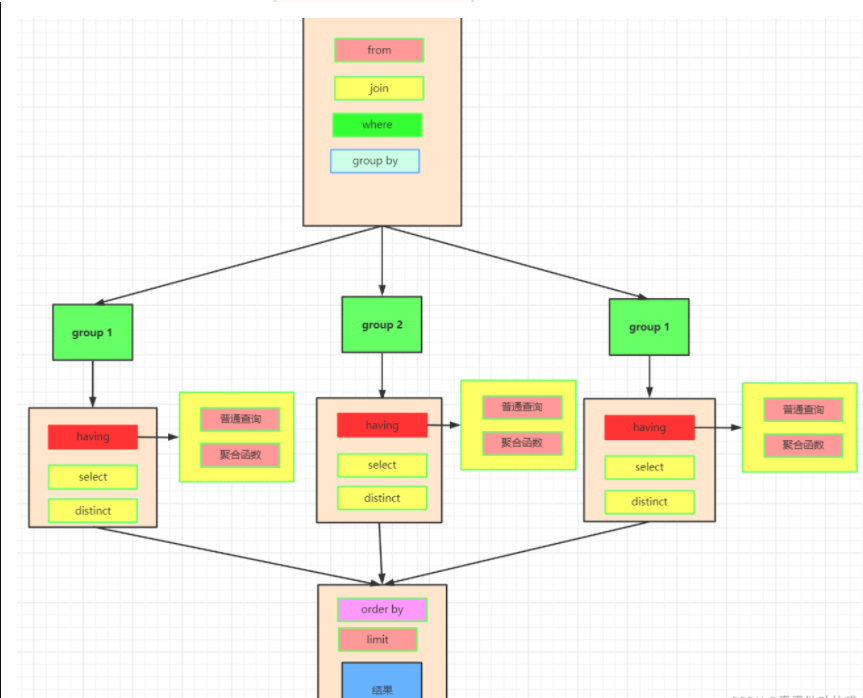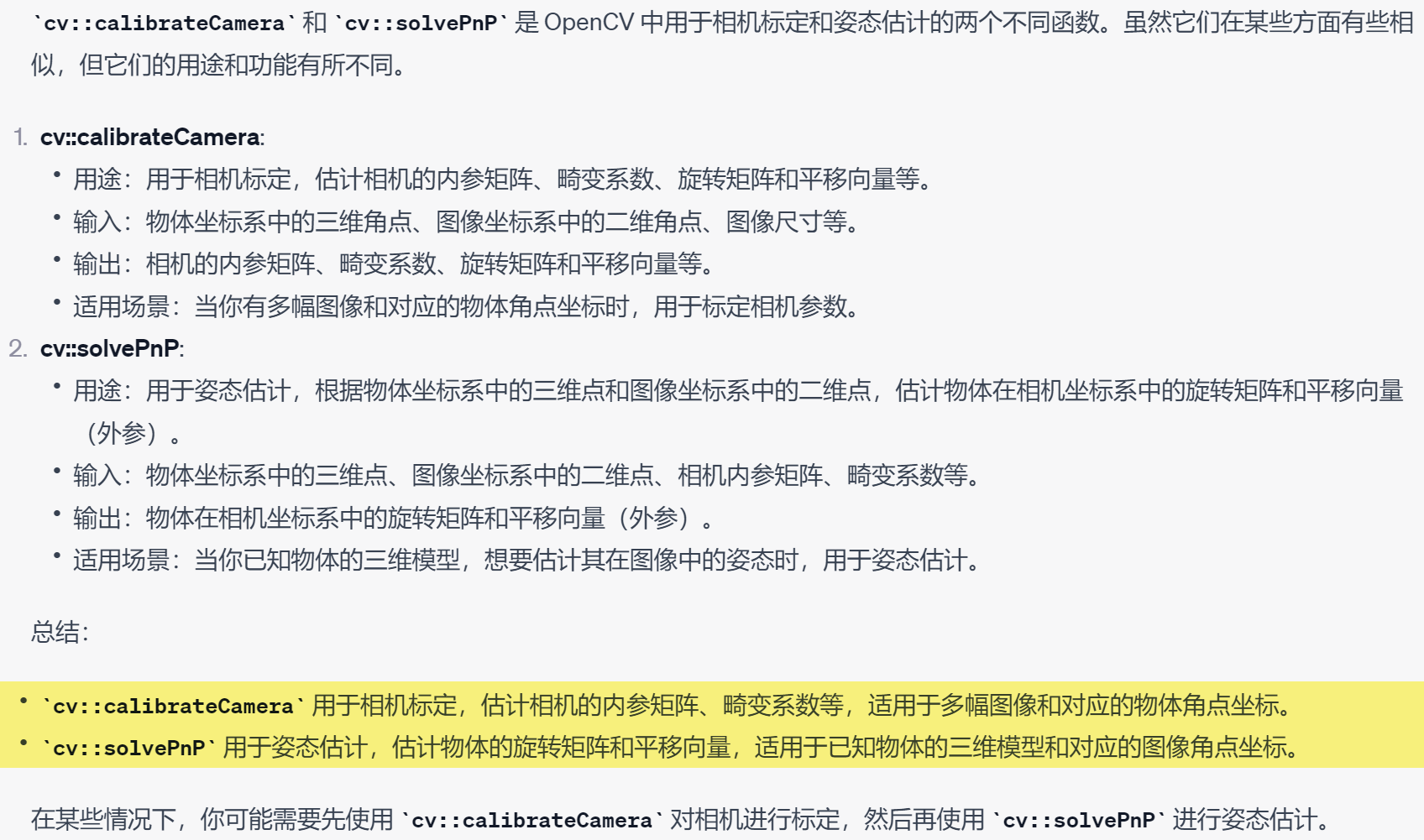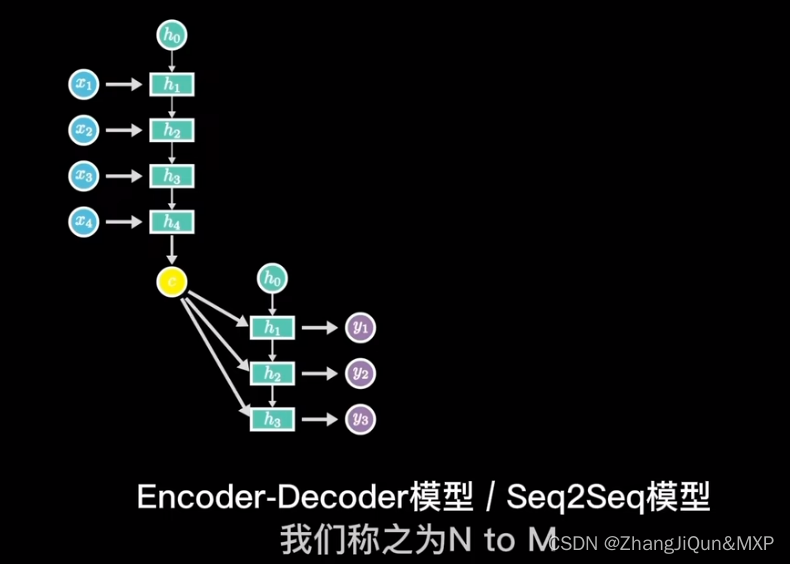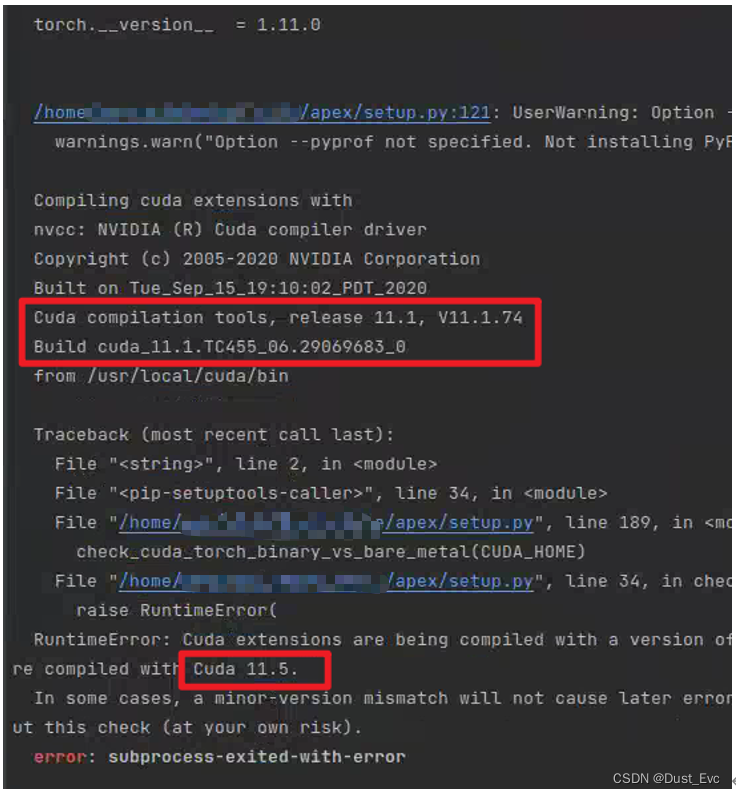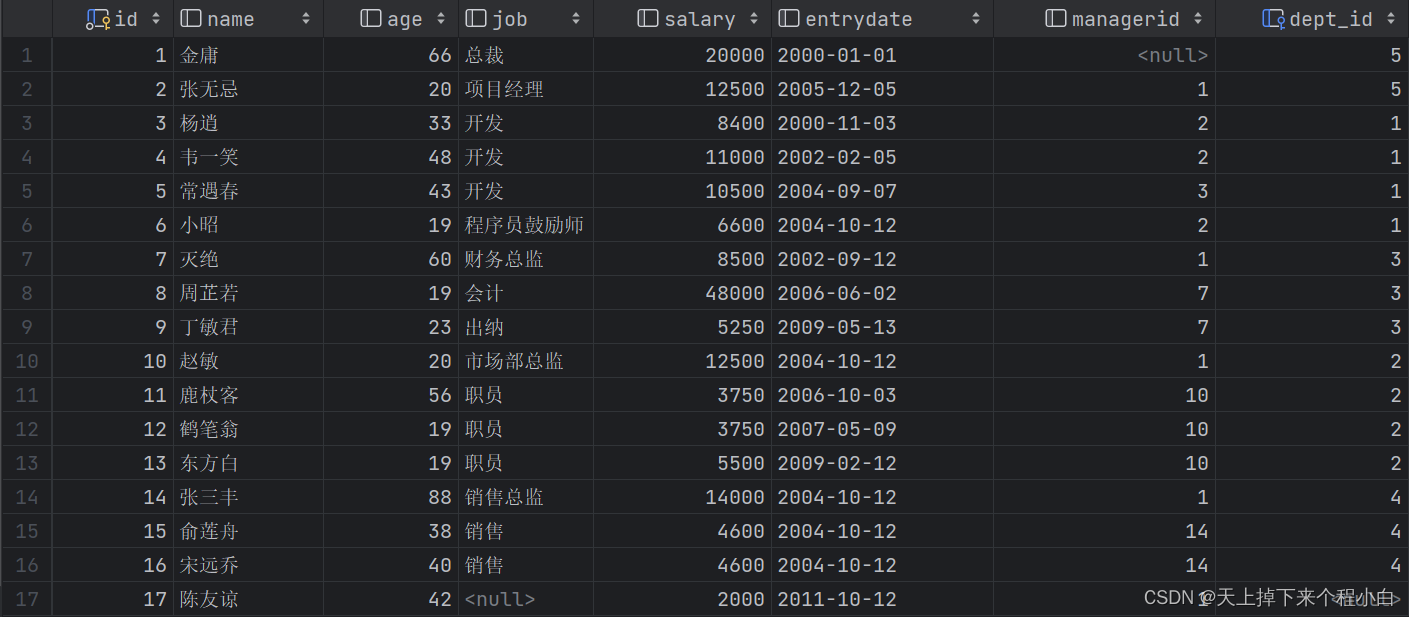背景:标准的coco格式数据集需要把所有图片放到一个文件夹里,而很多情况下,会有很多个文件夹,我们并不想把所有图片放到一起。
本文把多个文件夹下的yolov8(5)的txt标签转换至coco标签,转换标签代码如下:
import os
import json
import cv2
# 图片和标签路径
img_root = './soccernet/tracking/images/test/'
label_root = './soccernet/tracking/labels/test/'
# 模板
coco = {
"info": {
"year": 2023,
"version": "1.0",
"description": "Example COCO Dataset",
"contributor": "jefft",
"date_created": "2023-08-22"
},
"licenses": [
{
"id": 1,
"name": "License Name",
"url": "https://license-url.com"
}
],
"categories": [
{
"id": 0,
"name": "person",
},
{
"id": 1,
"name": "soccer",
}
],
"images": [
],
"annotations": [
]
}
image_tp = {
"id": 1,
"width": 640,
"height": 480,
"file_name": "cat1.jpg",
"license": 1
}
anno_tp = {
"id": 1,
"image_id": 1,
"category_id": 1,
"bbox": [],
"area": 0,
"segmentation": [],
"iscrowd": 0
}
idx = 0
img_id_= 0
for root, dirs, files in os.walk(label_root):
for file in files:
if file.endswith('txt'): # 遍历所有yolov8格式的txt标注文件
txt_path = os.path.join(root,file)
print("Current directory:", txt_path)
img_path = txt_path.replace('labels','images')
img_path = img_path.replace('.txt','.jpg') # 找到图片路径
if 'old' not in img_path: # 不用管,自行修改
anno = open(txt_path).read().splitlines()
img = cv2.imread(img_path)
h,w,_ = img.shape
image_tp["id"] = idx
image_tp["width"] = w
image_tp["height"] = h
image_tp["file_name"] = img_path # 写入完整路径
coco["images"].append(image_tp.copy()) # 添加图片信息
for a in anno:
l = a.split(' ')
cat,cx,cy,lw,lh = int(l[0]),float(l[1])*w,float(l[2])*h,float(l[3])*w,float(l[4])*h
anno_tp["id"] = img_id_
anno_tp["image_id"] = img_path
img_id_+=1
anno_tp["bbox"] = [cx-lw/2,cy-lh/2,lw,lh] # 转换标注格式
anno_tp["category_id"] = cat
anno_tp["area"] = lw*lh
coco["annotations"].append(anno_tp.copy()) # 添加标注信息
idx+=1
assert os.path.exists(img_path)
# if idx>500:
# break
with open('./test_soccer_coco.json', 'w') as l:
l.write(json.dumps(coco))
验证是否转换正确代码如下:
from pycocotools.coco import COCO
import os
import cv2
import numpy as np
# 替换为你的数据集标注文件的路径和图像文件夹路径
annotation_file = 'test_soccer_coco.json'
image_folder = ''
# 初始化COCO对象
coco = COCO(annotation_file)
idx = 0
# 遍历每个图像并绘制标注
for image_id in coco.getImgIds():
image_info = coco.loadImgs(image_id)[0]
image_path = os.path.join(image_folder, image_info['file_name'])
image = cv2.imread(image_path)
annotations = coco.loadAnns(coco.getAnnIds(imgIds=[image_info['file_name']])) # 原来是imgIds=image_id,进行了修改
for ann in annotations:
bbox = ann['bbox']
category_info = coco.loadCats(ann['category_id'])[0]
category_name = category_info['name']
# 在图像上绘制边界框
x, y, w, h = map(int, bbox)
if category_info['id'] == 0:
cv2.rectangle(image, (x, y), (x + w, y + h), (0, 255, 0), 2)
cv2.putText(image, category_name, (x, y - 10), cv2.FONT_HERSHEY_SIMPLEX, 0.5, (0, 255, 0), 2)
else:
cv2.rectangle(image, (x, y), (x + w, y + h), (0, 0, 255), 2)
cv2.putText(image, category_name, (x, y - 10), cv2.FONT_HERSHEY_SIMPLEX, 0.5, (0, 0, 255), 2)
# 保存绘制标注后的图像
cv2.imwrite('tmp/{}.jpg'.format(idx), image)
idx+=1
print("Annotation visualization and saving complete.")
另外,使用别人的代码训练的时候可能需要修改,就比如图中的位置:

有用的话点个赞哦😄
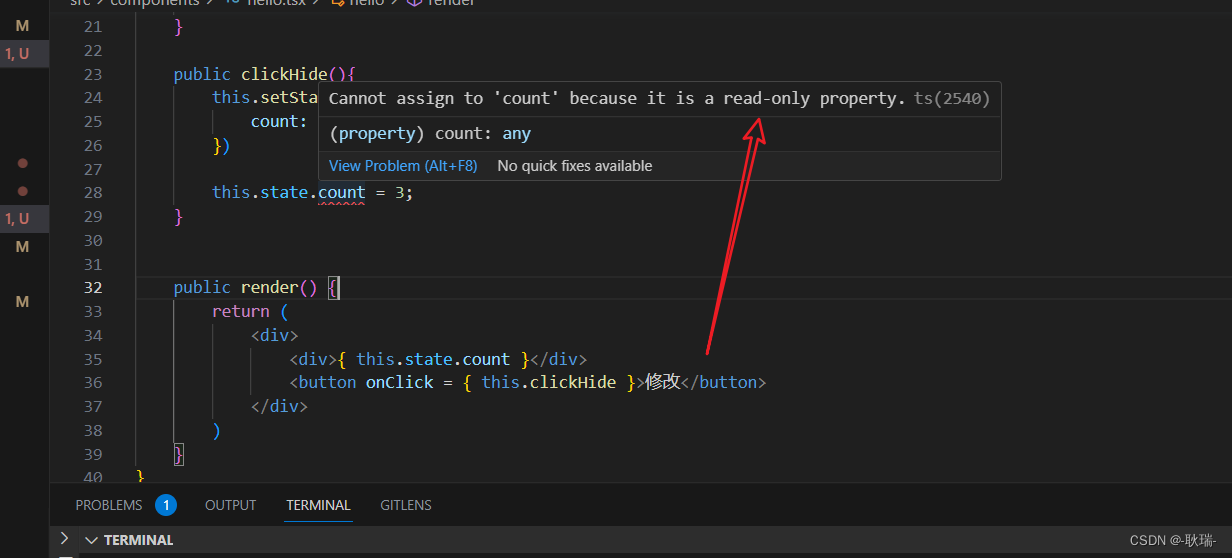
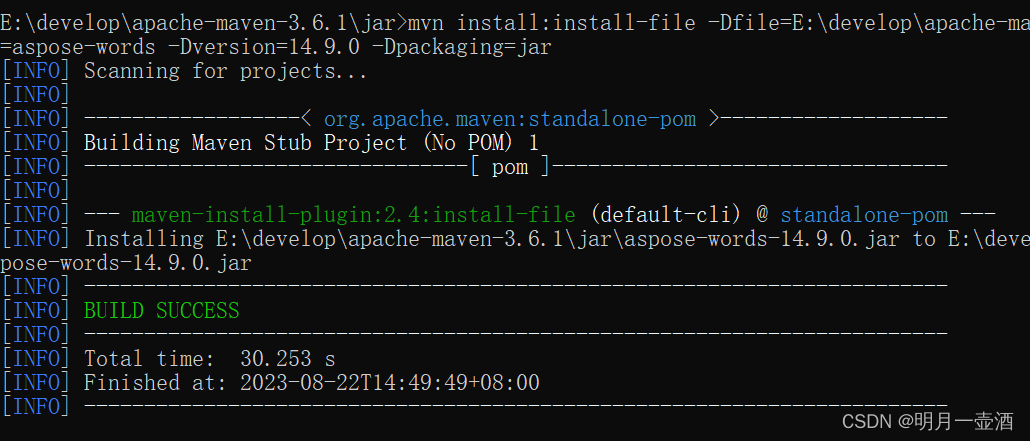

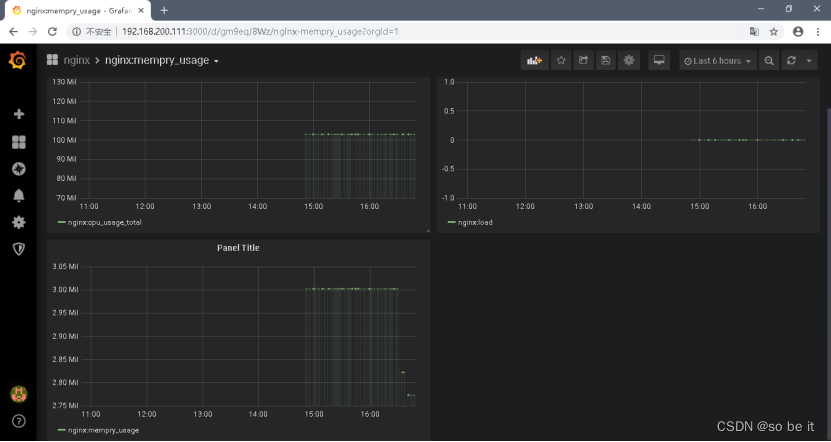
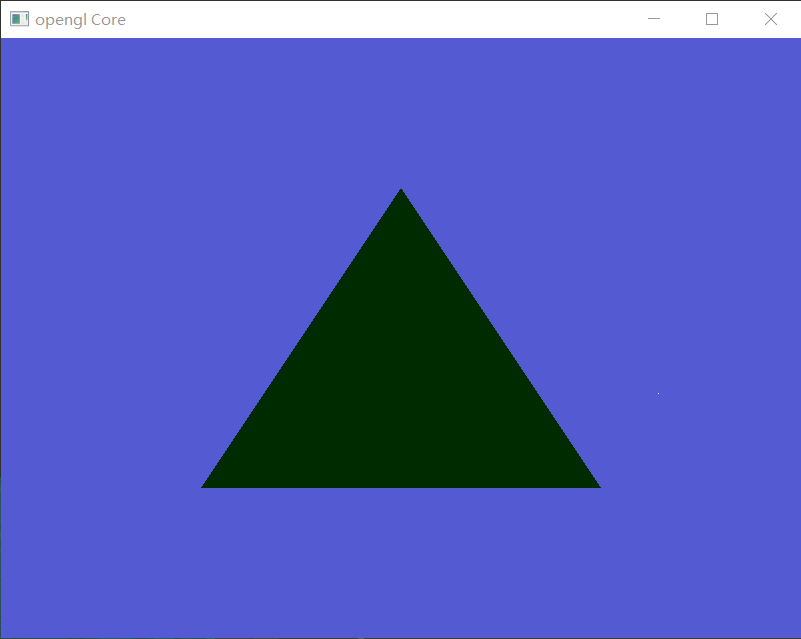
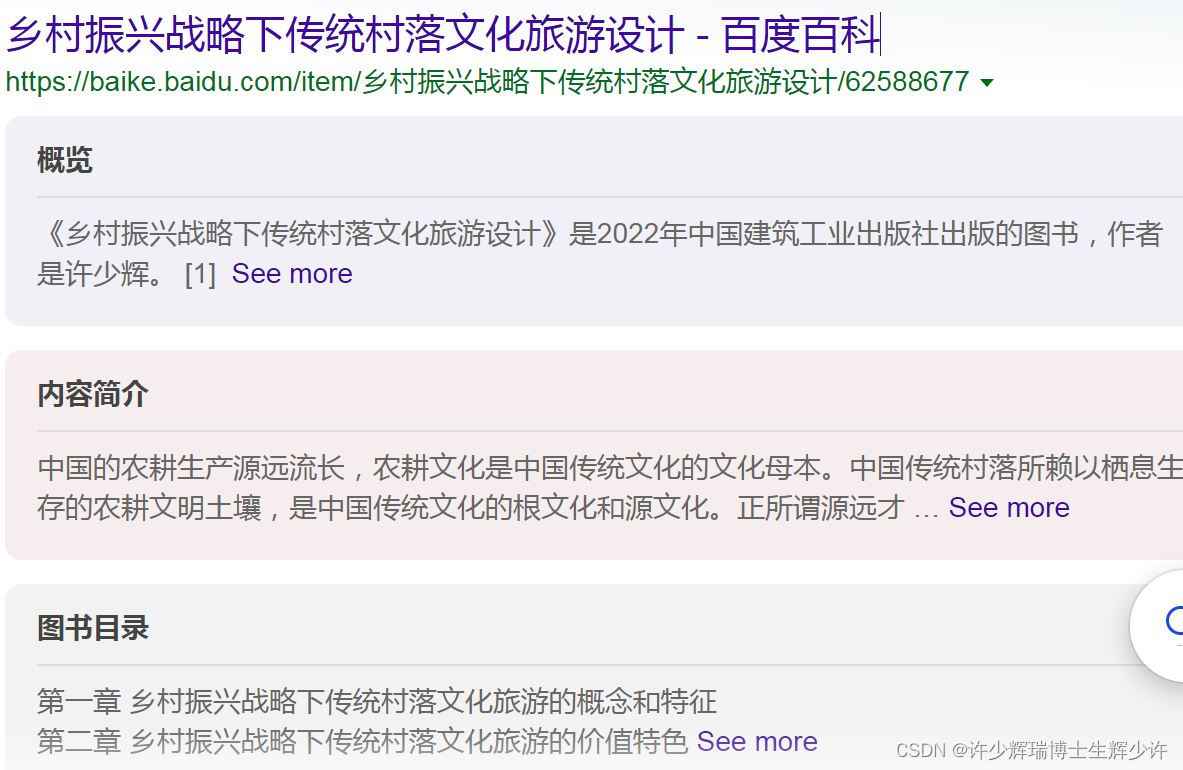
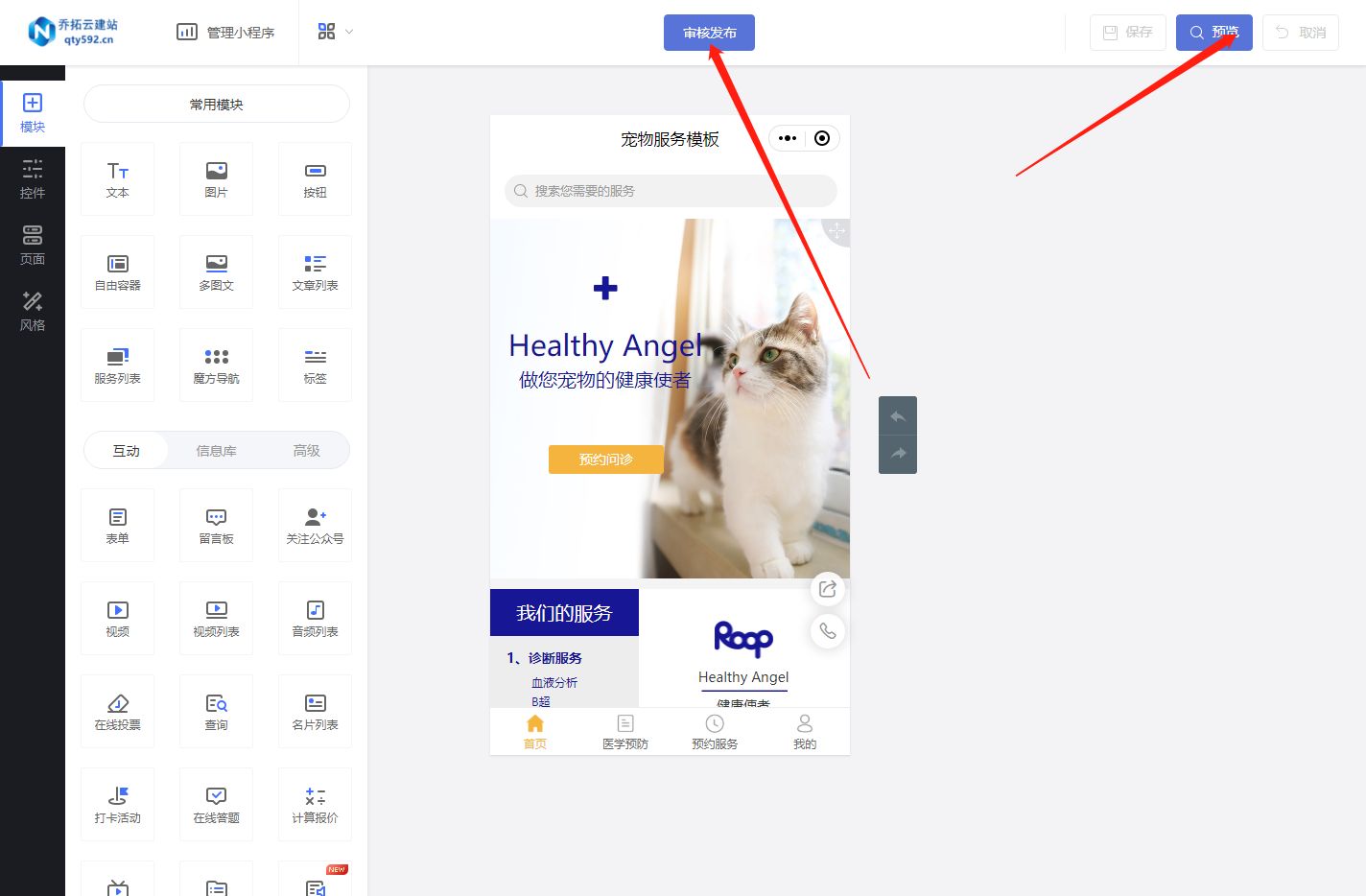

![解决Pandas KeyError: “None of [Index([...])] are in the [columns]“问题](https://img-blog.csdnimg.cn/991e1fa4424b4a2ba2d570da6c868075.png)

